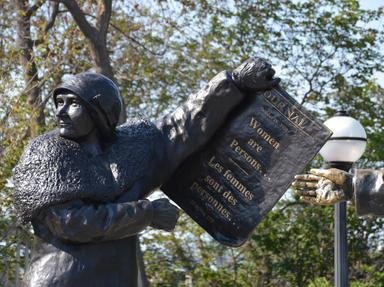Quiz Answer Key and Fun Facts
1. What is the name of the famous fat figurine believed to be a religious icon or fetish of prehistoric time?
2. What Flemish painter went to medical school before he learned to paint fleshy women, such as 'Venus at the Mirror', and painted so many of them that his name became synonymous with full-figured femininity?
3. What short-reigining queen seems more remembered for her obesity than for her intelligence and the emergence of England and eventually Great Britain as a major power in the 18th century?
4. The era named for her is remembered as one of modesty and abstention, but this rotund British queen indulged in food and sex. Who was this edacious Empress of India?
5. What full-figured stage actress, who weighed about 200 pounds (91 kg), was also a woman suffragist who refused to pay her income taxes in 1913 to protest "the denial of the ballot to women"?
6. Between 1927 and 2019, four plus-sized women won Oscars for Best Actress or Best Supporting Actress. Three of them have been African American; who was the only white plus-sized actress to be so honored?
7. Fat women and men married to fat women created their own civil rights organizations in the 1960s and 1970s when the women's liberation movement was not supportive of size acceptance. Which is NOT one of these size-positive organizations at the time?
8. The 1980s saw a rise in magazines and fashions for plus-sized women. What is the acronym invented by Carole Shaw, that stood for both a large, attractive woman and plus-sized magazine founded in 1979?
9. What singer from the 1990s pop group Wilson Philips has lost and regained a lot of weight following bariatric surgery?
10. What popular doll invented in 1959, generally known for anatomically impossible proportions, came out in a less unrealistic "curvy" model in 2016?
Source: Author
gracious1
This quiz was reviewed by FunTrivia editor
bloomsby before going online.
Any errors found in FunTrivia content are routinely corrected through our feedback system.
